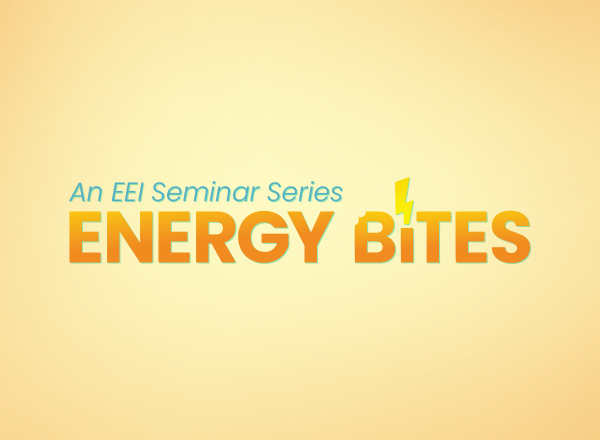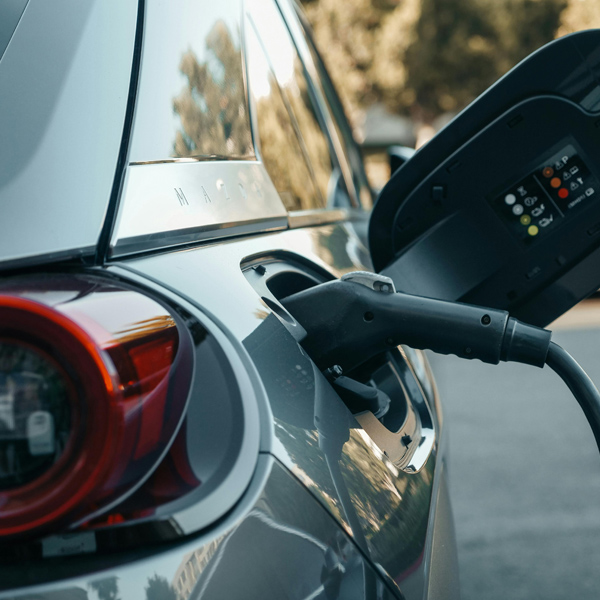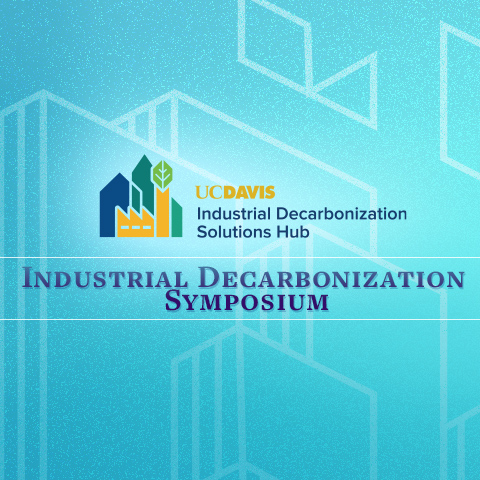Energy Bites Seminar April 25th, 2024

Thursday, April 25th, 2024 | 12PM-1PM Cost-effective Retrofit for Optimized Ventilation and Filtration System Controls Theresa Pistochini, WCEC Modeling of Phase Change Material-Enhanced Insulation for Residential Exterior Wall Retrofits Aref Aboud, WCEC Watch Video
Energy Bites Seminar April 18th, 2024

Thursday, April 18th, 2024 | 12PM-1PM Biological Appropriate Lighting Michael Siminovitch, CLTC Watch Video
Energy Bites Seminar April 11th, 2024

Thursday, April 11th, 2024 | 12PM-1PM Home Electrification Electrical Panel Assessments & OptimizationAlex Sloan, EGG Alumni Alex Sloan is Vice President of Business Operations and Development at Electrify My Home, a building electrification company seeking to rapidly expand the installation of clean, comfortable, and cost-effective heat pumps and other appliances through contracting and workforce education/training services. […]
Energy Bites Seminar April 4th, 2024

Thursday, April 4th, 2024 | 12PM-1PM Load Flexibility of a Residential Multi-Function Heat Pump Using Dynamic Pricing Christy Green, WCEC Desiccant Enhanced Indirect Evaporative Cooling, Laboratory Testing Jonathan Hollist, WCEC Watch Video
New Study Forecasts EV Impact on CA’s Grid

A recent study delves into the future strain on California’s electric distribution system due to the rapid rise of EV adoption.
UC Davis Symposium Paves the Way to Industrial Sustainability

On April 16, 2024, UC Davis hosted the second Industrial Decarbonization Symposium, bringing together more than 200 industry leaders, utilities, regulators, and researchers to collaborate on reducing carbon emissions in our industrial landscape.
UC Davis Energy News – March 2024

Google, Amazon Among Latest Confirmed Speakers at Industrial Decarb Symposium The lineup of speakers at the upcoming Industrial Decarbonization Symposium at UC Davis keeps growing! The Symposium, which takes place April 16, isn’t just an event – it’s a pivotal platform where industry leaders, policymakers, researchers, and advocates will converge to collaborate on transformative strategies […]
Mapping the Future’s Sweet Spot for Clean Energy and Biodiversity

Climate change is driving both the loss of biodiversity and the need for clean, renewable energy. It is also shifting where species are expected to live in the future. Yet these realities are rarely considered together. Where can clean energy projects be built without impacting the future habitat ranges of threatened and endangered species?
Research Emphasizes Prudent Approach to Solar Expansion for Biodiversity Conservation

A recent collaborative research endeavor that included UC Davis, Columbia University, and others, has shed light on the critical importance of safeguarding biodiversity under the expanding domain of solar power.
Registration is Open: 2024 Industrial Decarbonization Symposium

Join us on April 16 for the second Industrial Decarbonization Symposium hosted by the Industrial Decarbonization Solutions Hub (IDSH) at UC Davis.

